
|
Asia |
list of countries with names capitals and curent flags description |
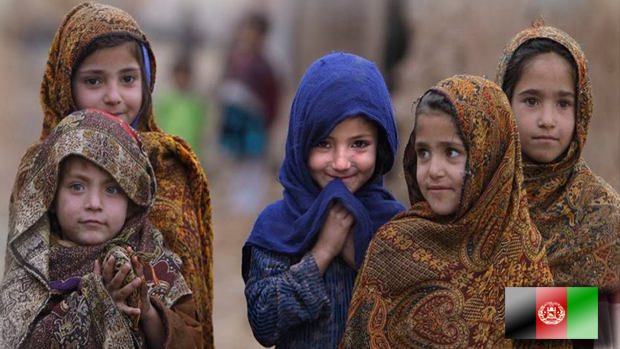 |
Afghanistan - KabulAfter the defeat of the Taliban, this Afghanistan flag is the newest one to fly over this lengthy-embattled country. It shows the Pan-Arab colours of red, green and black. The yellow coat of arms centered features a golden mosque ringed by way of sheaves of wheat. The Arabic inscription at the high reads, "There is no God but Allah and Muhammed is his messenger." |
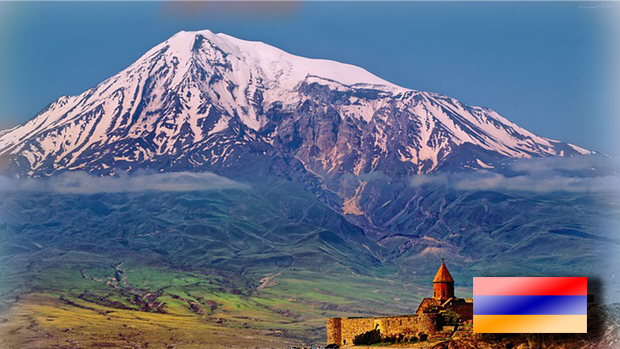 |
Armenia - YemenThe flag of Armenia used to be formally adopted on August 24, 1990.After gaining its independence from the former Soviet Union, this flag, as soon as used in the 1920s, was once proudly hoisted. Its colours are stated to symbolize the individuals of Armenia, with red symbolic of the spilled blood of all Armenian soldiers, existing and previous; the orange symbolic of the fertile land and the farmers that work it, and the blue is symbolic of hope and the promising sky above. |
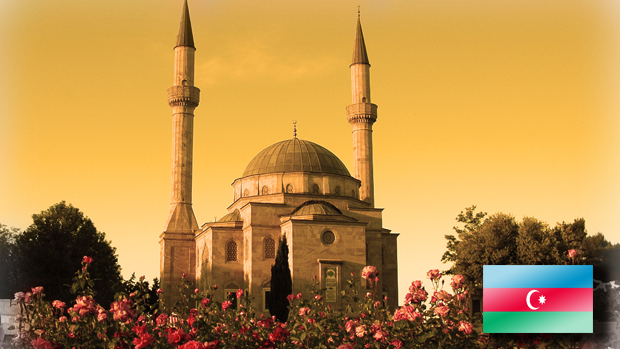 |
Azerbaijan - BakuThe flag of Azerbaijan used to be formally adopted on February 5, 1991.After gaining its independence from the former Soviet Union in 1991, this flag, dating back to 1920, was once hoisted for all to see. It features three equal horizontal bands of blue, red, and green. A crescent and eight-pointed star, symbols of Islam, are situated in the red band. The country had a lengthy alliance with Turkey, and the blue colour has long been related with the Turkic peoples. Green is mentioned to represent the sturdy European influences on native tradition. |
 |
Bahrain - ManamaThe flag of Bahrain was once formally adopted in 1932.The toothy aspect between the red and white is used to distinguish it from the legitimate flag of Dubai, in the United Arab Emirates. Red and white have lengthy been the traditional colours of the Gulf States. |
 |
Bangladesh - DhakaThe Bangladesh flag was once formally adopted on January 25, 1972, after gaining its independence from Pakistan.The red disk symbolizes that combat for freedom, and the green container is consultant of the fertile land. |
 |
Bhutan - ThimphuThe Bhutan flag was formally adopted in 1965.The flag options the Thunder Dragon, the country's brand. Yellow symbolizes the authority of the king, white represents purity and loyalty, whereas orange is symbolic of the Drukpa monasteries. |
 |
India - New DelhiThe India flag was once formally adopted on July 22, 1947, as the Indian subcontinent divided into India and Pakistan.The orange represents braveness and sacrifice, green symbolizes religion and chivalry, and white idealizes peace and truth. The Buddhist spinning wheel (Chakra) is centered. |
 |
Indonesia - JakartaThe Indonesia flag used to be formally adopted on August 17, 1945.The flag is modeled after the thirteenth century banner of the Indonesian Empire; the red stripe represents the physique, whereas the white stripe represents the soul. |
 |
Japan - TokyoThe Japan flag was once formally adopted on January 26, 1870.The centered solar image (known as Hinomaru) has been an necessary phase of Japan's flag for hundreds of years. The white field is symbolic of honesty and purity. |
 |
Brunei - Bandar Seri BegawanThe Brunei flag used to be formally adopted on September 29, 1959.The flag options the country's nationwide emblem. Yellow represents the Sultan of Brunei, and the black and white stripes signify the country's chief ministers. |
 |
Cambodia - Phnom PenhThe Cambodia flag was once formally adopted on June 29, 1993.Red and blue are the conventional colours of the country, and the famed Angkor Wat temple is featured in white. |
 |
China - BeijingThe flag of China was once formally adopted on October 1, 1949.The red of the Chinese flag symbolizes the communist revolution, and it's additionally the conventional color of the individuals. The huge gold star represents communism, whereas the 4 smaller stars signify the social lessons of the people. In addition, the 5 stars collectively mirror the significance positioned on the number 5 in Chinese concept and historical past. |
 |
Georgia - TbilisiThe flag of Georgia is white with a huge red cross situated over it, stretching from every edge of the flag. In every of the 4 white rectangles created through the move, a red Blonisi (or bolnur-katskhuri) crosses. The large cross is identified as St. George's Cross, and is additionally used on the flag of England. In the fifth century, this pass was once used to signify the Georgian kingdom. The crosses could symbolize the 5 Holy Wounds that Jesus suffered all through his crucifixion. |
 |
Iran - TehranThe flag of Iran was once formally adopted on July 29, 1980. The colours of the flag date to the mid-18th century; green represents Islam; white represents peace, and red means braveness.The centered symbol is stated to characterize the 5 principles of Islam. In accordance to sources, the white stylized script on the red and green panels, repeated 22 instances, is the Islamic phrase Allahu Akbar, which means "God is larger than to be described. " The established sword is consultant of the country's power. |
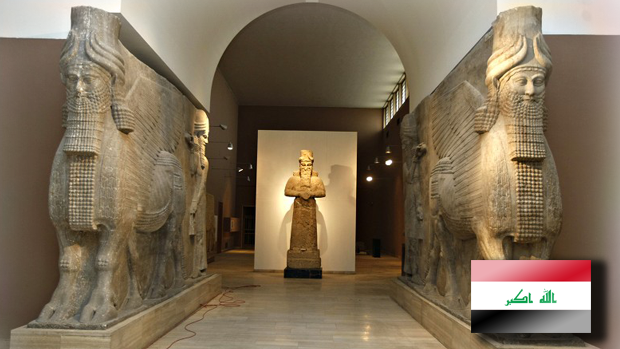 |
Irak - BaghdadIn 2008, the present flag of Iraq used to be adopted as an period in-between measure except a permanent resolution to the flag issue is found. The centered phrase in green Arabic script reads.... ALLAHU AKBAR (God is Great). |
 |
Israel - JerusalemThe flag of Israel used to be formally adopted on October 28, 1948.It shows one of the most identified symbols in the world - the Star of David - lengthy related with the Jewish individuals. The blue and white colours signify the conventional Tallith, the Jewish prayer scarf. |
 |
Jordan - AmmanThe flag of Jordan used to be formally adopted on April sixteen, 1928.The red, green, black and white are Pan-Arab colours, and the star with seven points is stated to signify the seven verses of Islamic belief that open the Qur'an. |
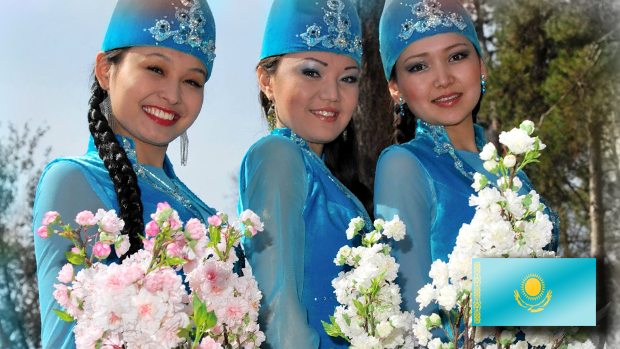 |
Kazakhstan - AstanaThe flag of Kazakhstan used to be formally adopted on June four, 1992.After seceding from the former Soviet Union (USSR), Kazakhstan hoisted its former flag, a rectangular breadth of blue color with the sun in its middle surrounded by using 32 beams, and a steppe eagle hovering underneath. Close to hoist is a vertical strip with a nationwide decoration. Images of the sun, beams, eagle and decoration - are all gold colored. |
 |
Vietnam - HanoiThe Vietnam flag used to be formally adopted on November 30, 1955.The gold 5-pointed star symbolizes the 5 teams of workers in the constructing of socialism (intellectuals, peasants, soldiers, staff and youths), whereas the red symbolizes bloodshed, and the revolutionary battle. |
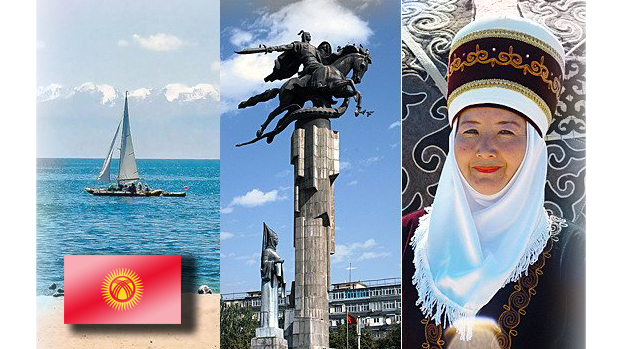 |
Kyrgyzstan - BishkekThe flag of Kyrgyzstan used to be formally adopted on March three, 1992.In 1991, Kyrgyzstan changed into the very last of the former Soviet Union republics to secede, and declare independence. Its new flag is symbolic of Manas the Noble, a proper nationwide hero. He merged collectively forty tribes that mutually fashioned the unique Kyrgyz nation. That accomplishment is represented by way of the purple box and the golden solar with forty rays. Founded inside that sun is a symbolic Kyrgyz yurt, the conventional dwelling of it nomadic peoples. |
 |
Laos - VientianeThe Laos flag used to be formally adopted on December 2, 1975.The white circle on the blue box is said to characterize the moon shining over the Mekong River. The blue stripe represents wealth, and the red represents the blood shed all through the inside combat for freedom. |
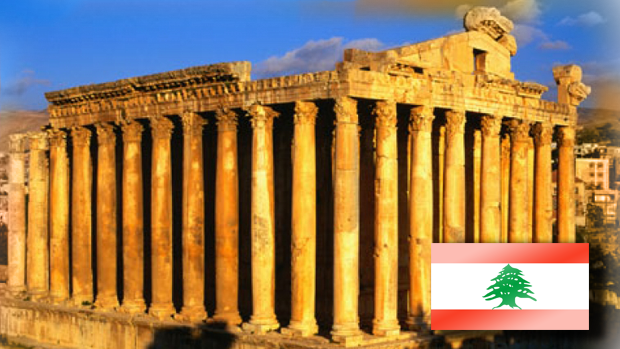 |
Lebanon - BeirutThe flag of Lebanon includes two equal-sized red horizontal stripes that are positioned on the high and bottom of the flag. In between the red stripes is a white stripe that's equal in measurement to the red stripes. In the middle of the flag and white stripe there's a picture of a green cedar tree. |
 |
Pakistan - IslamabadThe flag of Pakistan was once formally adopted on August 14, 1947.The symbolic flag of Pakistan makes use of white to signify non-Muslims inside the country; green and white blended symbolize peace and financial success; the white crescent represents future growth, and the celebrity is symbolic of knowledge. |
 |
Malaysia - Kuala LumpurThe Malaysia flag was once formally adopted on September sixteen, 1963.The use of the U.S. flag as a adaptation, the 14 red and white stripes signify the 14 states of the country. The gold crescent and celebrity are symbols of Islam, and the blue field represents the cohesion of the people. |
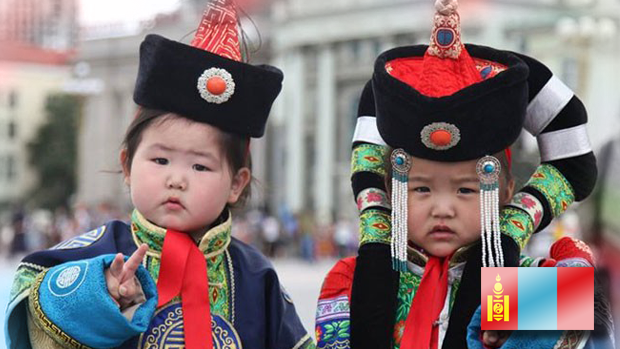 |
Mongolia - Ulan BatorThe Mongolia flag used to be formally adopted in 1940.The sky blue is the country's nationwide colour. The red colour, as soon as used to signify Communism, these days represents development. A series of Buddhist symbols are displayed throughout the left red panel. |
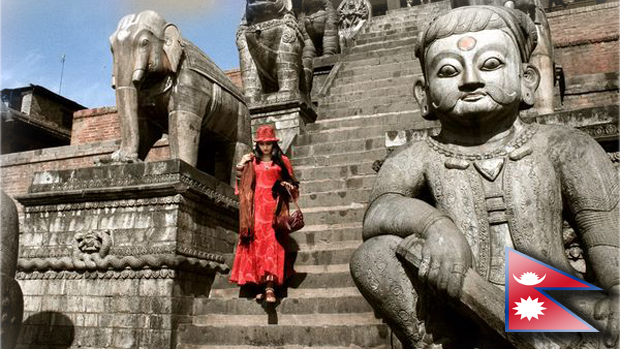 |
Nepal - KathmanduThe Nepal flag used to be formally adopted on December sixteen, 1962, and it's the only national flag which is now not a rectangle or square.The blue border symbolizes peace, whereas red is the colour of the rhododendron, Nepal's authentic flower. The crescent moon is claimed to symbolize the royal home, whereas the sun represents the Rana family. |
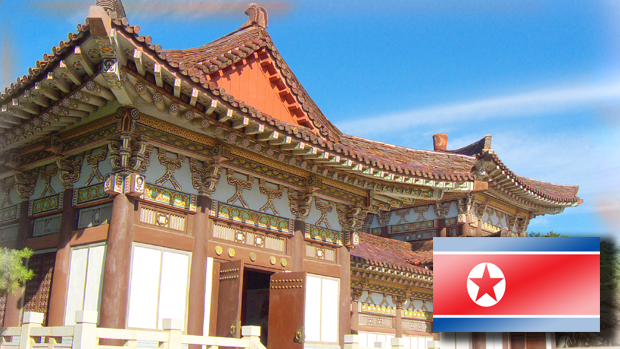 |
North Korea - PyongyangThe North Korea flag used to be officially adopted on September 9, 1948. The 2 blue stripes signify sovereignty, peace and friendship. the white stripes signify purity, red represents the Communist revolution and the red star is the identified image of Communism. |
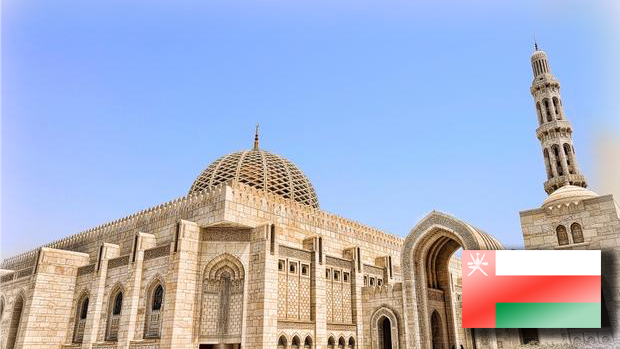 |
Oman - MuscatThe flag of Oman used to be officially adopted on April 25, 1995. Colours of the flag are symbolic, with green representing fertility; white represents peace, and this colour of red is popular on many regional flags. The nationwide emblem, a (Khanjar Dagger), is displayed higher-left. The dagger and its sheath are superimposed on two crossed swords in scabbards. |
 |
Philippines - ManilaThe Philippines flag was once formally adopted on May 19, 1898. The white triangle is symbolic of peace, red symbolizes bravery and blue represents patriotism. The three gold stars and sun characterize the three primary divisions of the country - Luzon, Mindanao and Visayas. |
 |
South Korea - SeoulThe South Korea flag used to be formally adopted on October 15, 1949. The three black unbroken bars (higher left) signify heaven, the trigram (lower left) symbolizes fire, the trigram (higher right) symbolizes water, whereas the three broken bars (lower right) characterize earth. The white container represents the standard colour of the Korean people. The centered Yin-yang image unity. |
 |
Thailand - BangkokThe Thailand flag used to be formally adopted on September 28, 1917. Red is claimed to represent the blood of life, white the purity of the Buddhist religion, and blue the monarchy. The blue and white stripes had been introduced to the flag right through World War I. |
 |
Turkey - AnkaraThe flag of Turkey was once formally adopted on June 5, 1936.The white crescent and star, symbols of Islam, are positioned quite to the left on the red field, and that shade of red dates back to the Ottoman Empire within the seventeenth century. |
 |
Kuwait - Kuwait CityThe flag of Kuwait used to be formally adopted on September 7, 1961. The standard Pan-Arab colours of black, green, red and white are used on the flag. Black symbolizes defeat of the country's enemies; green symbolizes the fertility of the land; red is symbolic of the enemies' bloodshed, and white represents purity. |
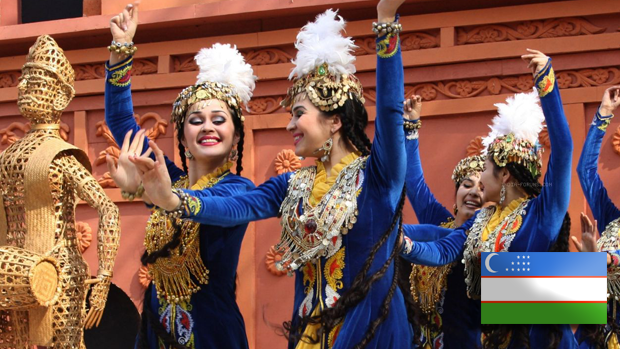 |
Uzbekistan - TashkentThe flag of Uzbekistan used to be officially adopted on November 18, 1991.The flag includes a new moon symbol and one white star for each month of the 12 months. The blue is representative of water and sky, white represents peace, green represents the fertile land, and the 2 red stripes are symbolic of the people. |
 |
Syria - DamascusThe flag of Syria was once officially adopted on May 29, 1980. Syria's flag, inspired through the French Tricolore, uses the Pan-Arab colours of green, red, white and black. The 2 stars - relying on the point-of-view - both signify Syria and Egypt, or Syria and Iraq. |